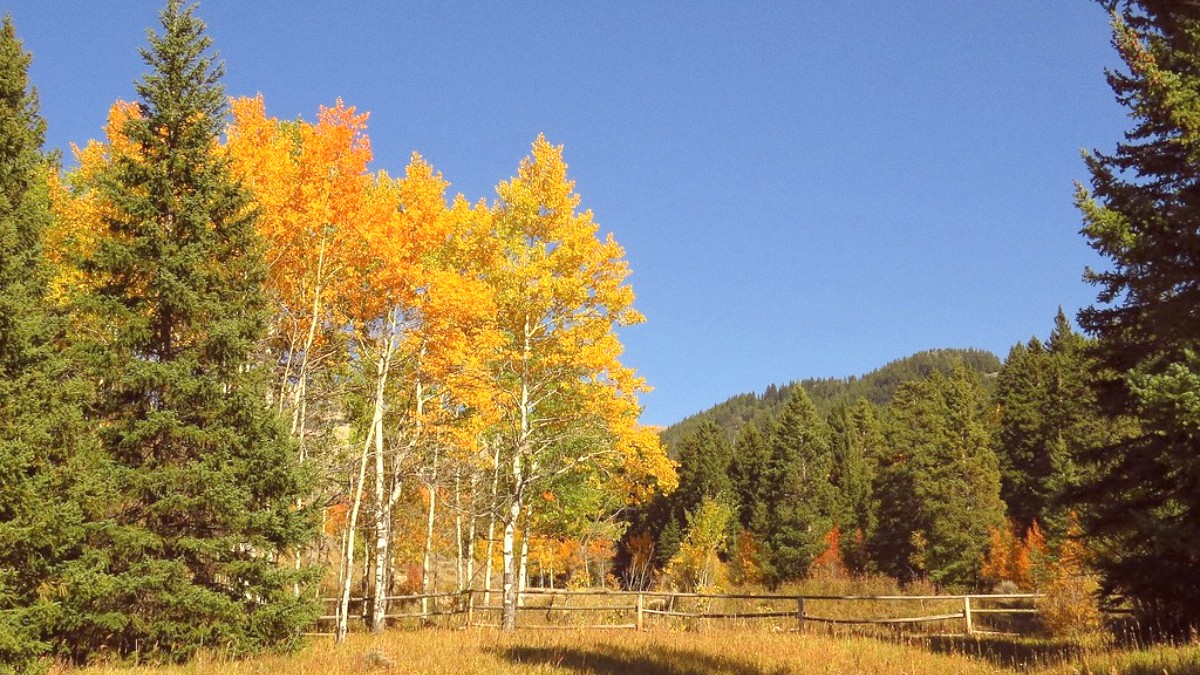
Wyoming, USA
Lightweight, breathable hiking shirts (short or long-sleeved) and convertible Hiking pants or shorts are good choices. Opt for quick-drying fabrics. Even on warm summer days, temperatures drop considerably after sunset or at high altitudes.
Warmer base layers, a heavier fleece or an Insulated jacket for your mid-layer. Convertible hiking pants or softshell pants offer good protection. Nights often drop below freezing.
Ankle support, waterproof, sturdy sole, and good traction for trails and backpacking.
Lighter hikes, faster pace, breathable, flexible, and good grip for less rugged terrain.
Comfort around camp, easy wear, or for river crossings. Look for quick-drying materials.
Keeping your travel documents organized and secure is a basic step for a smooth trip.
The standard U.S. Voltage is 120V at 60Hz. Wall outlets use Type A (two flat parallel pins) and Type B (two flat parallel pins and a round grounding pin) plugs. International travelers require an appropriate adapter.
For capturing the stunning landscapes and wildlife, a durable camera (a good quality DSLR, Mirrorless camera, or a high-end Smartphone) is useful.
Back up your photos and important documents regularly to cloud services like Google Drive or Dropbox.
For large amounts of photos, consider an External hard drive.
Use a VPN like NordVPN or ExpressVPN for secure internet access.
A well-stocked health and wellness kit is important for comfort and safety, specifically in a natural setting where pharmacy access may be limited.
Carry a sufficient supply of prescription medications for your entire trip duration. Keep medications in their original, labeled containers. A doctor's note for prescription medications assists with customs.
The Bighorns present a range of hiking options, each with specific gear needs.
For comfortable and safe nights outdoors.
Gear for angling and observation.
General items to enhance comfort and convenience during your journey.
Environmentally friendly and cost-effective items. Some specialized gear may be expensive or unavailable locally.
Reduces single-use plastic waste.
Minimizes environmental impact in natural areas.
For groceries and local purchases.
For off-grid power for electronics.
Create a detailed packing list and check off items as you pack. This helps you avoid forgetting important items for your Bighorns adventure.
Prioritize layers and versatile clothing for fluctuating mountain conditions. Pack for comfort, practicality, and protection from the elements.